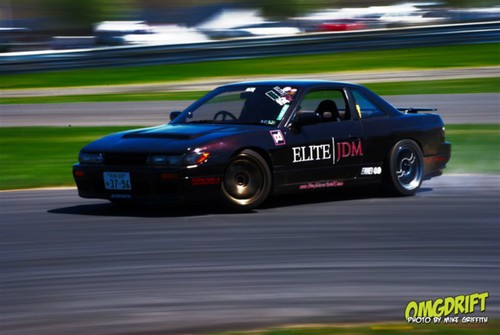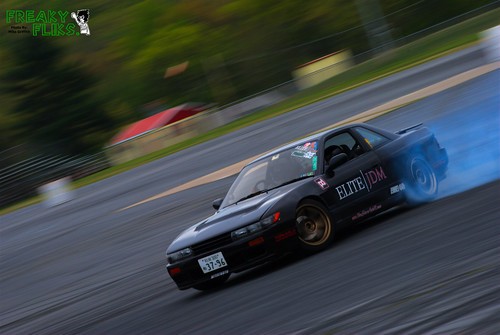>SNIP>
Derrel, you're saying that shooting from further away with a greater focal length will give me a shallower DOF? That's what I ultimately want to go for; Crisp focus on the car, creamy blur in the background.
That's not quite what I was getting at. I was suggesting that you might try using a longer focal length lens. At long distances, depth of field is quite deep. So it is difficult to heavily defocus the background at longer shooting distances, especially with shorter focal length lenses used at smaller apertures like f/8 to f/11, on small-sensor cameras like APS-C d-slrs. What I was suggesting is that using a longer focal length gives a narrower angle of view *behind* the foreground subject. You can get the same-sized car in the foreground from 40 meters with a 200mm lens, or from 80 meters with a 400mm lens, but with the 400mm lens shot, the background will be narrower in angle than with the shorter, wider-angle lens.
The background will also tend to be a bit more out of focus, due to a strange phenomenon regarding the absolute SIZE of the aperture hole in a longer lens as opposed to a shorter lens. This is under the heading of background blur, and not depth of field. A lot of people will argue this point, but a longer lens, like a 400mm lens at f/8 has an actual aperture width of 50mm at f/8; at 100mm, the f/8 value (the f/8 ratio of width to focal length) is an aperture size measuring 12.5mm across. With the SAME-sized foreground object, ie the same-sized automobile in the foreground, using a long telephoto lens the background will be 1) narrower in degrees of angle shown on the final picture and 2) MORE-blurred. Many beginners will argue this point vehemently, but here's proof.
Bokeh and Background Blur - Bob Atkins Photography
Note: ALL the shots have the same,exact foreground image size, and ALL shots were made at the f/2.8 f/stop, but on lenses of 50,85,and 135mm lengths. The relative aperture is f/2.8 in every photo, but the actual WIDTH of the f/2.8 f/stop grows larger as focal length goes up, so the photos were made with 17.8mm aperture with the 50mm lens, 30.4mm with the 85mm lens, and 48.2mm with the 135mm lens. So...it's not too much of a surprise why sports shooters gravitate to 300,400,and 600mm telephotos; they give better foreground/background separation and produce more-blurred and narrower-angle of view behind the subjects. I got into a rather involved on-line argument with a fellow about this subject some time back; people really ought to look at Mr. Atkins' example photos here and see for themselves how pronounced this background blur and angle of view effect is. This sample is worth looking at.

















